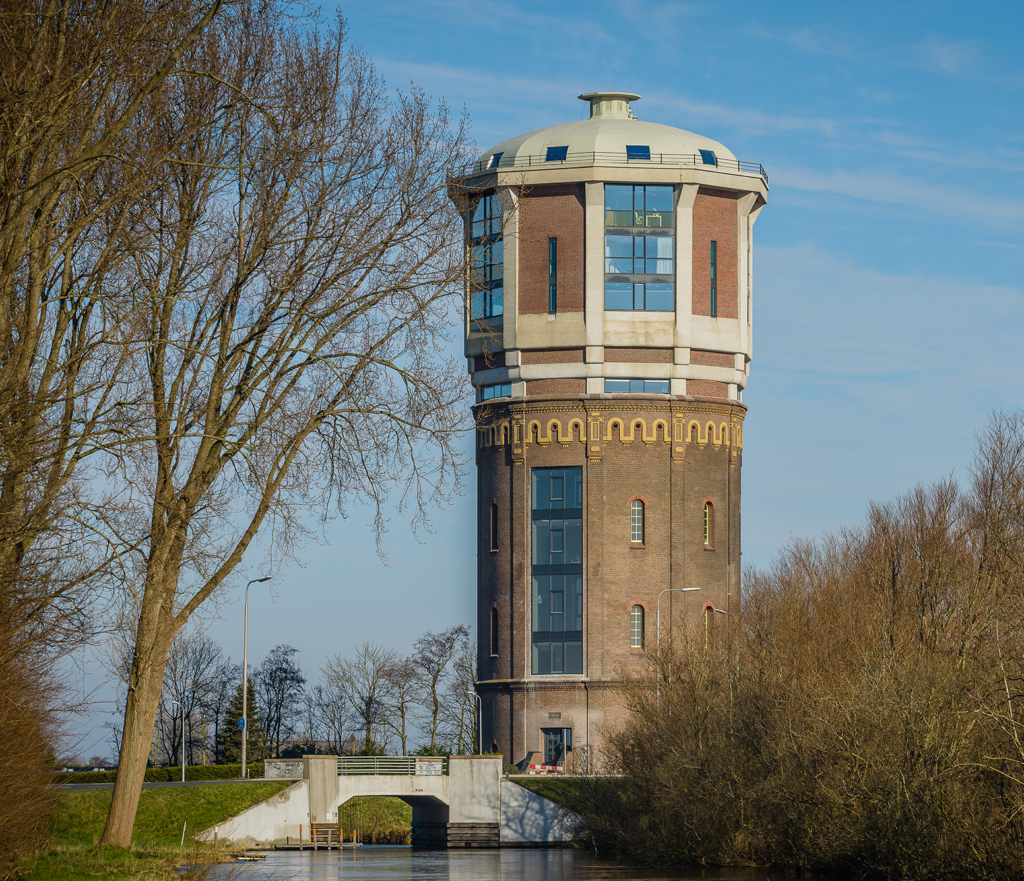Wood prices have risen worldwide in the past year. Since the corona pandemic, many people have renovated their homes and new houses have been built. Partly because of this, the demand for wood has increased. But is there enough wood in stock? Yes, say researchers Gert-Jan Nabuurs, Mart-Jan Schelhaas and Bas Lerink: “European forests have even more wood than we have seen in the past 500 years.”
Since the corona pandemic, there has been a rush on building materials, including wood. Wood is a popular building material. “The traditional skeleton construction is made of wood, but building with wood is also receiving more and more attention because of the climate benefits,” says Gert-Jan Nabuurs. “Wood replaces fossil building materials such as concrete and steel. This prevents CO2 emissions. A tree even stores CO2 for a longer period of time, so that it remains stored in the wood. Wood therefore ensures a positive CO2 balance.”
The difference between supply and demand
According to Nabuurs, the current attention to the climate-friendliness of wood does not directly increase demand, but it does influence the future wood price. Current demand for wood is mainly due to low interest rates in the United States and Europe and the gap between supply and demand. “At the moment it is very attractive to renovate your house, but at the same time there is little production. Capacity in the sawmills has been lagging behind demand for years,” says Nabuurs. “Stocks in the trade are small. And because many sawmills and logistics were closed in 2020, little wood was supplied and deliveries were delayed. All this has caused the price of wood to rise.”
The role of the United States
Another cause lies in the policies of former President Donald Trump of the United States. To protect the domestic market, he decided in 2018 to significantly increase import tariffs on Canadian timber. As a result, Canada now supplies wood to China and the United States purchases much more coniferous wood from European countries, such as Austria, Germany and Scandinavia. The increased demand for European wood is causing shortages on the market. Even the oversupply from Germany and the Czech Republic, which have had to cut down many trees in forests affected by the bark beetle, have not compensated for these shortages, as a fair share of this supply goes to China.
Is there a shortage of wood?
“No, certainly not,” emphasizes Mart-Jan Schelhaas. “There is more wood in European forests than since the late Middle Ages. Partly due to Eastern European countries such as Ukraine and Belarus, the European wood stock amounts to almost 35 billion m3 of wood. By way of comparison: the entire Dutch forest contains approximately 80 million m3. One billion m3 of wood is added annually and the harvest is only 600 million m3/year. So there is no shortage of wood, the European forest is even growing.” According to Nabuurs and Schelhaas, more timber construction makes little difference to the timber stock. “Even if the European Union wants to build 30% of its new houses with wood, equivalent to 300,000 homes per year, this will lead to an additional demand of 15 million m2.3 wood. Sweden alone produces more wood every year.” More timber construction therefore causes a small increase in demand.
Investing has already started
The researchers expect that the processing capacity in the wood industry will increase within one or two years. Bas Lerink: “The sawmills are already investing in expanding capacity. This will flatten prices again. But also in the longer term, more attention is needed for forest management in the entire chain. Certainly if we want to get rid of fossil fuels, the demand for wood will increase further.”
According to the researchers, the extra supply that is needed can be absorbed by harvesting extra in the short term. “By the way, this is not an easy process and takes time to get the entire chain from forest to construction going,” says Lerink. “In particular, investments must be made for the long term. If we have to get rid of fossil fuels, the demand for wood will increase further. This is possible under two requirements: we must make the processing of wood more efficient and further improve the reuse of wood products. In addition, we must invest in good forest management and reforestation for the long term. The European Union’s Green Deal and the 3 billion trees promised by Frans Timmermans are a good start.”

